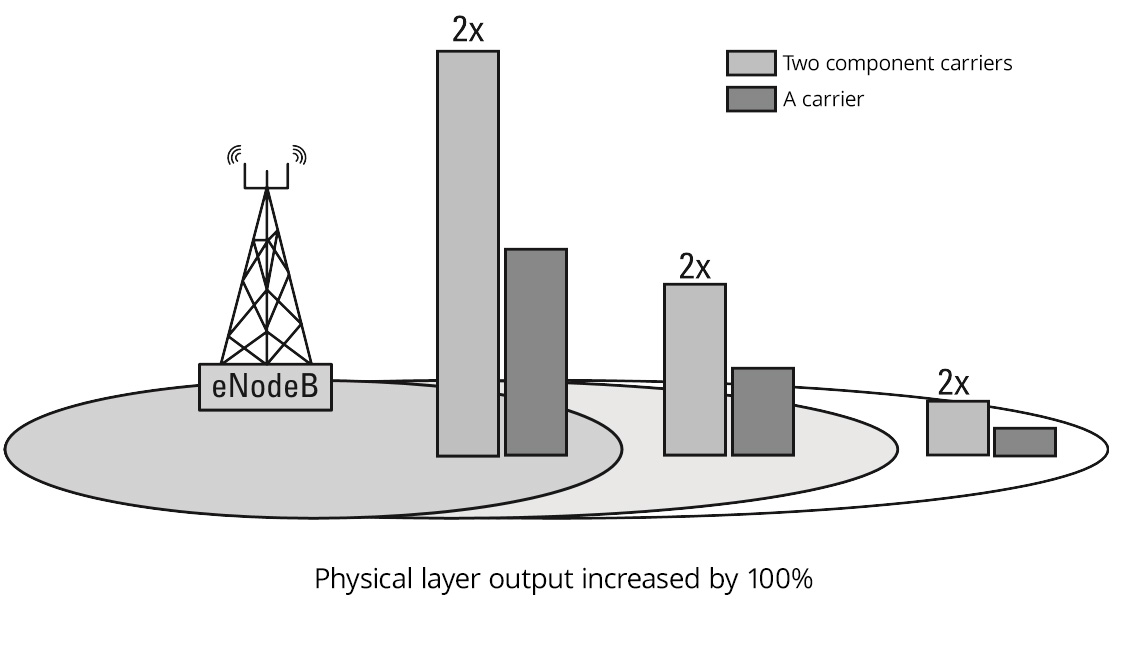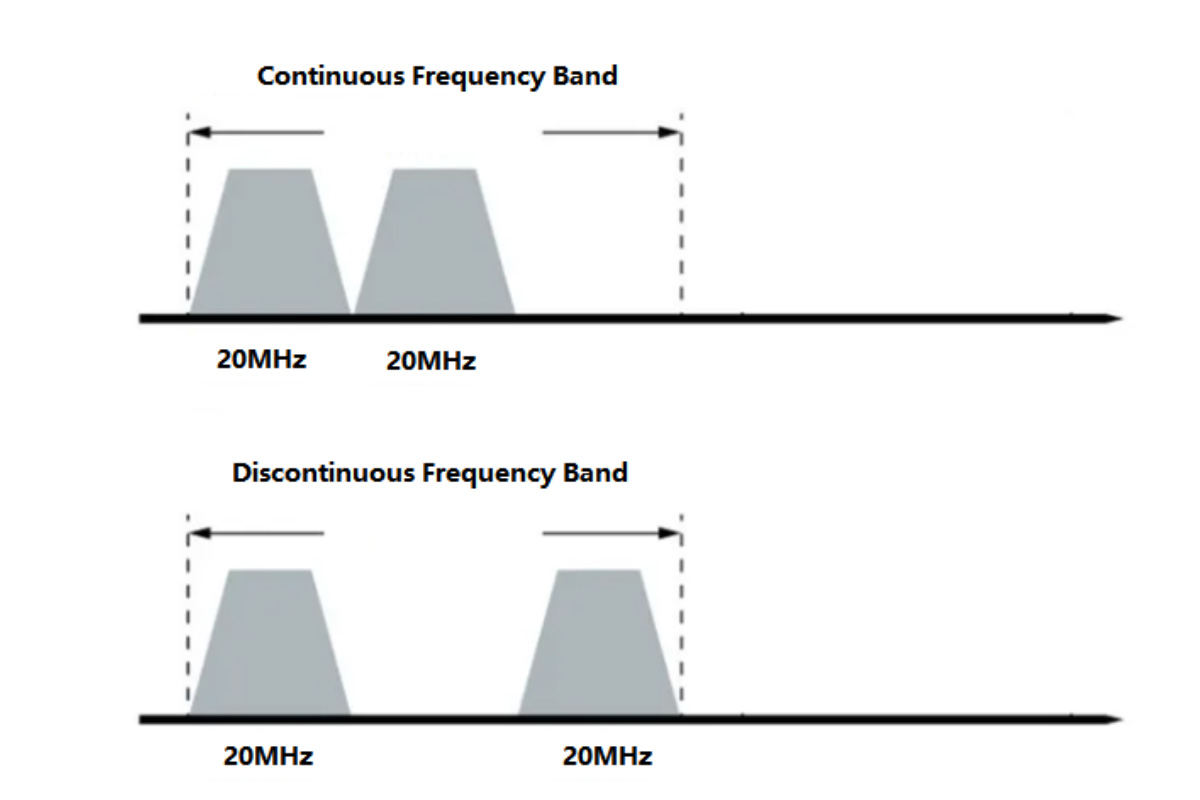What is Carrier Aggregation?
Carrier Aggregation is a key technology in LTE-A and one of the key technologies of 5G. It refers to the technology of increasing bandwidth by combining multiple independent carrier channels to increase data rate and capacity.

The specific categories are as follows:
Continuous carrier aggregation: several adjacent smaller carriers are integrated into a larger carrier. If the two carriers have the same frequency band and are adjacent to each other with continuous spectrum, it is called continuous carrier aggregation within the frequency band.
Non-continuous carrier aggregation: discrete multiple carriers are aggregated and used as a wider frequency band. If the frequency bands of two carriers are the same, but the spectrum is not continuous and there is a gap in the middle, it is called discontinuous carrier aggregation within the frequency band; if the frequency bands of two carriers are different, it is called inter-band carrier aggregation.

Our products FDM-6680 module use carrier aggregation technology (CA), which can aggregate two 20MHz bandwidth carriers together to achieve a 40 MHz wireless carrier bandwidth, effectively improving the uplink and downlink transmission rates and enhancing the robustness and environmental adaptability of the entire wireless transmission system. The specific performance is as follows:
1.It can support a larger total bandwidth, support 20MHz+20MHz carrier aggregation, and the peak data transmission rate exceeds 100Mbps.
2.It can support continuous carrier aggregation and non-continuous carrier aggregation, which is more flexible.
3.It can support carrier aggregation of different bandwidths and adjust the bandwidth of carrier aggregation according to environmental interference and available spectrum resources, making it easier to adapt to different scenarios.
4.Retransmission can be performed on different carriers to avoid data interruption after a single carrier is interfered with.
5.It can support frequency hopping of different carriers and find interference-free carriers more effectively.
Post time: May-11-2024



